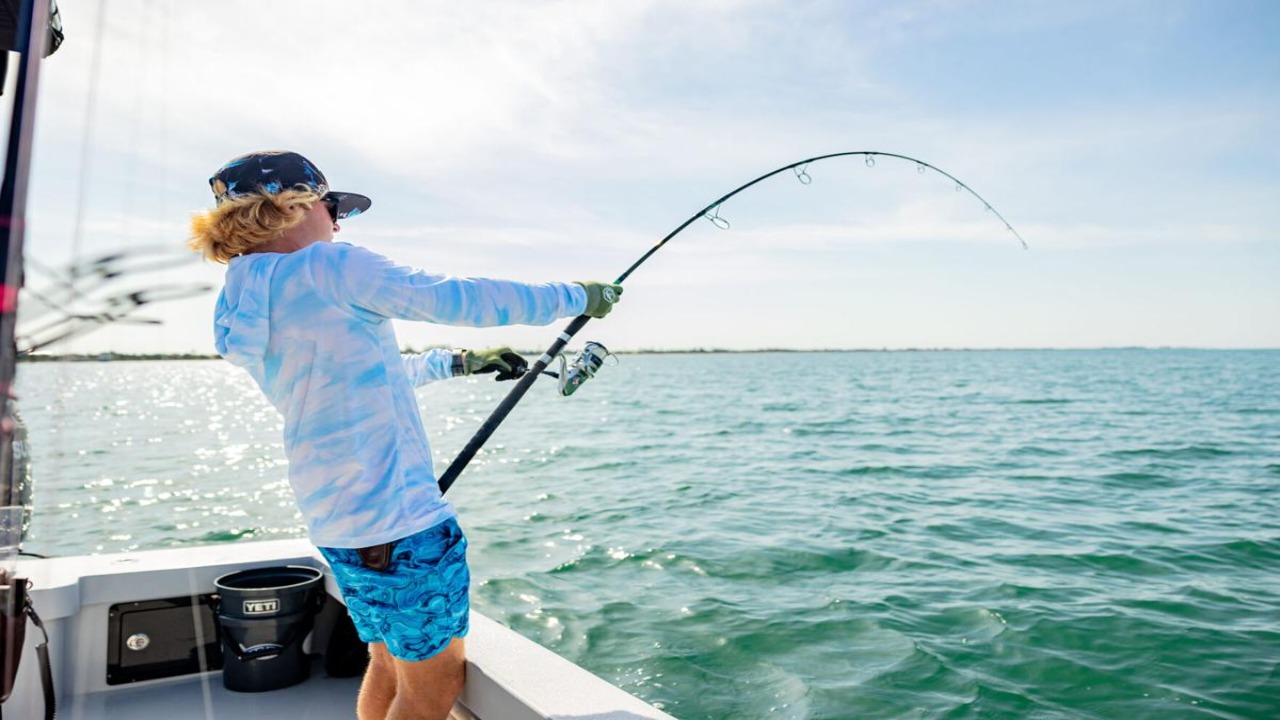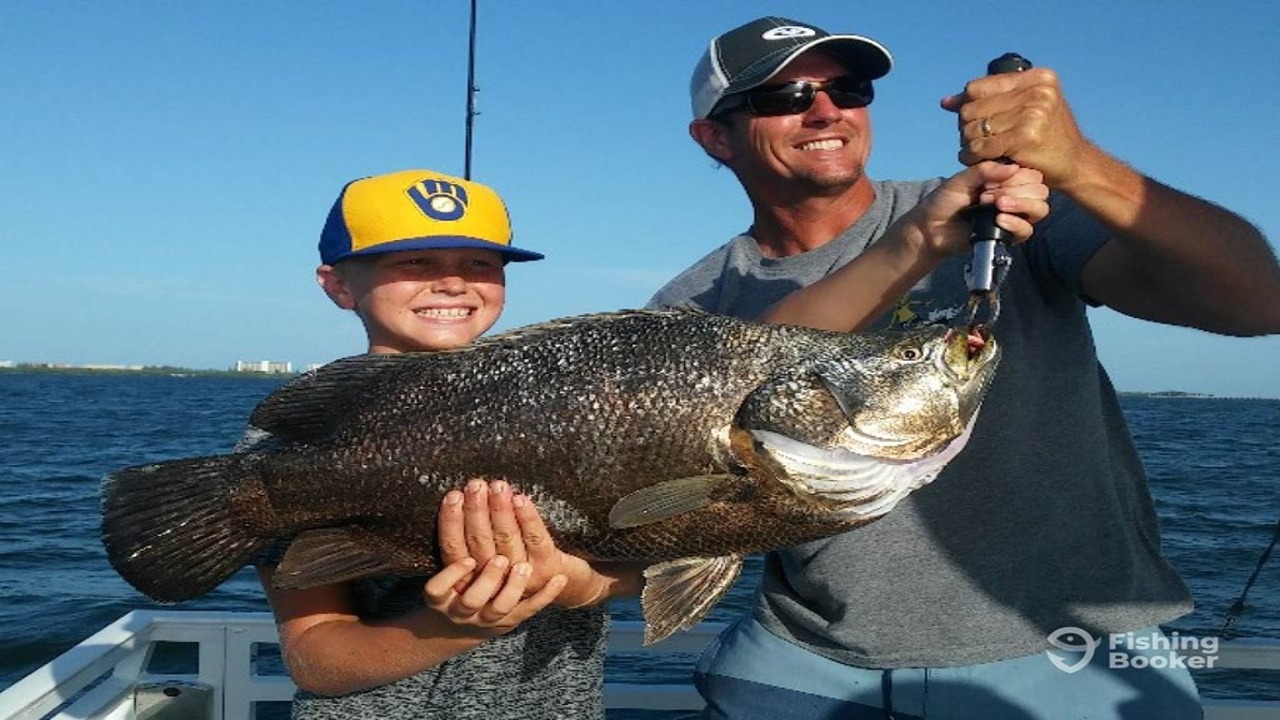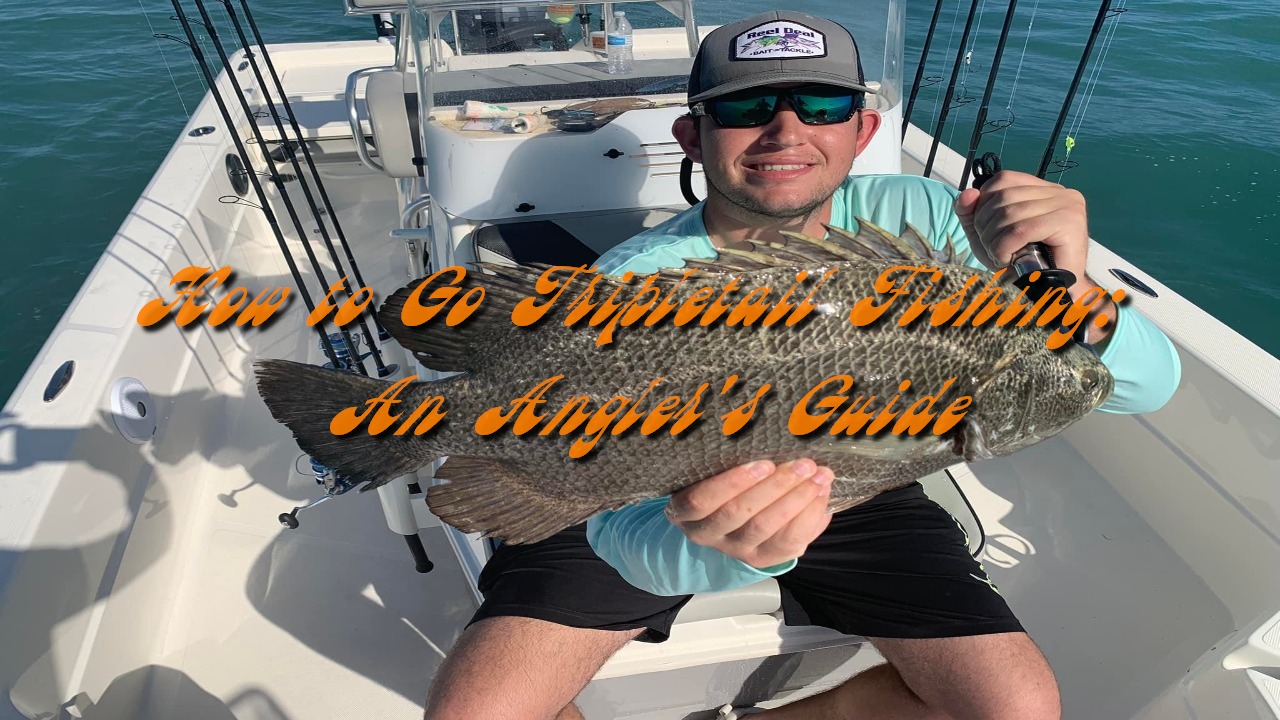How to Go Tripletail Fishing: An Angler’s Guide
Tripletail fishing begins with a solid understanding of the fish’s behavior and preferred habitat. Tripletails are known for their distinct appearance, with three rounded lobes on their dorsal fins, resembling a tail. Tripletail fish taste is considered a culinary delight, with its white and flaky flesh offering a mild yet distinctive flavor. These fish are often found in warm coastal waters, particularly around structures like buoys, channel markers, and floating debris. Understanding their affinity for these structures is crucial, as tripletails use them as ambush points to prey on smaller fish. Study local tide charts and water temperatures to identify the most likely locations for tripletail sightings.
Essential Gear for Tripletail Fishing

Equipping yourself with the right gear is essential for a successful tripletail fishing expedition. Start with a medium to heavy-action spinning or baitcasting rod, as tripletails can grow to impressive sizes. A reel with a smooth drag system is crucial, as these fish are known for their powerful runs. When it comes to line, opt for a braided line with a 20-30-pound test to handle the potential abrasion from structure encounters. Fluorocarbon leaders in the 20-30 pound range provide added stealth, as tripletails can be wary of visible lines.
Best Baits and Lures for Tripletail
Tripletails are opportunistic feeders, and their diet consists mainly of small fish and crustaceans. Live bait such as shrimp, crabs, and small baitfish are excellent choices for enticing tripletails. When using artificial lures, mimic their natural prey with options like soft plastic shrimp or swimbaits. Topwater lures can also be effective, especially during low light conditions or when targeting tripletails near the surface. Experiment with different colors and sizes to determine the fish’s preference on a given day.
Techniques for Tripletail Fishing

Successful tripletail fishing involves mastering specific techniques tailored to the fish’s behavior. One effective method is sight fishing, where anglers scan the surface around structures for the distinct shape of tripletails. Approach cautiously to avoid spooking the fish, and cast your bait or lure beyond the tripletail, allowing it to drift naturally towards the fish. Another technique is to troll along structure-rich areas with lures or live bait to cover more water and locate actively feeding tripletails. Pay attention to the tide and time of day, as tripletails may be more active during certain conditions.
Conservation and Ethical Tripletail Fishing
Responsible angling is paramount for the sustainability of tripletail populations. Follow catch-and-release guidelines, especially for larger specimens that may be crucial for breeding. Handle the fish with care, using proper tools for hook removal to minimize stress and potential injuries. Respect size limits and local regulations, and consider participating in tagging programs that contribute to scientific research on tripletail populations. Engaging in ethical fishing practices ensures that future generations of anglers can enjoy the thrill of tripletail fishing.
In conclusion, tripletail fishing combines strategic knowledge, the right gear, effective techniques, and a commitment to ethical practices. By understanding the fish’s behavior, equipping yourself appropriately, choosing the right baits and lures, employing effective techniques, and prioritizing conservation, you increase your chances of a successful and sustainable tripletail fishing experience.

